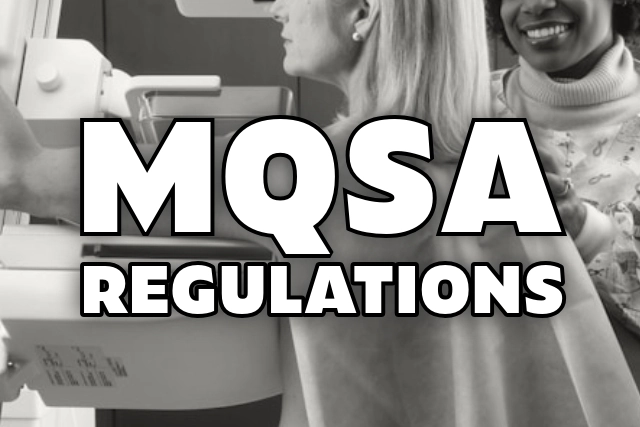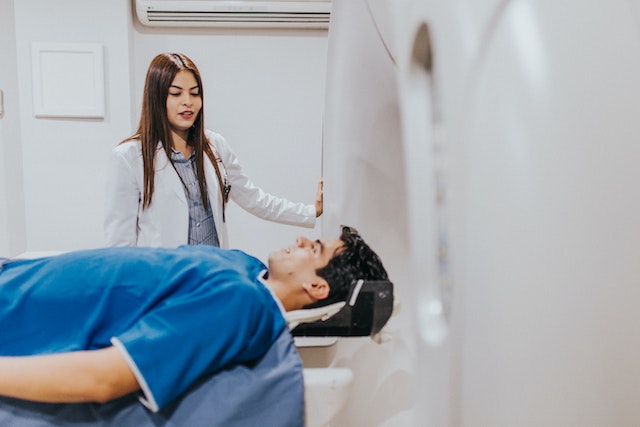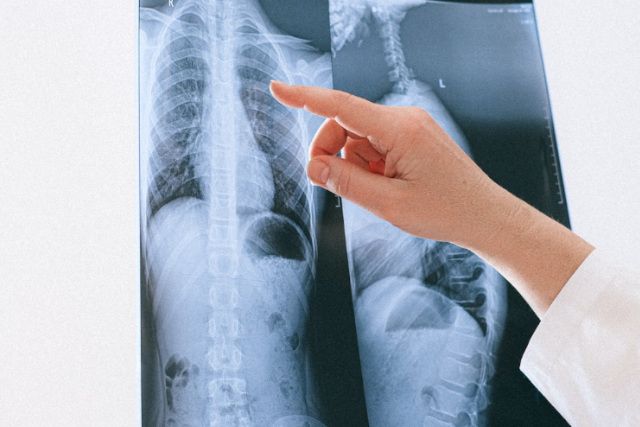In a significant move to enhance breast cancer detection and patient care, the U.S. Food and Drug Administration (FDA) recently enacted a final rule under the Mammography Quality Standards Act (MQSA). Effective as of September 2024, this new amendment mandates that all mammography facilities include information about breast density in their mammography reports and results letters to patients.
This change brings critical updates to mammography practices, promising greater transparency and more personalized healthcare. Let’s explore what this new rule entails and what it means for healthcare facilities and their patients.
What is the Mammography Quality Standards Act ?
The Mammography Quality Standards Act (MQSA) was originally enacted in 1992 to ensure high standards in mammography for the detection of breast cancer. The act requires mammography facilities to meet quality standards, which are regulated by the FDA, to be certified and able to legally operate in the United. Over the years, the MQSA has played a vital role in improving the accuracy and reliability of mammography, ultimately enhancing early detection and treatment outcomes for breast cancer.
What’s New with the Recent MQSA Amendment?
As of September 2024, the FDA has implemented an important amendment to the MQSA. The new rule requires all mammography facilities to include detailed information about breast density in both the patient’s mammography report and the results letter provided to the patient. This update is a step forward in making breast density a standard part of mammogram interpretations.
Breast density refers to the amount of fibroglandular tissue compared to fatty tissue in the breast, visible on a mammogram. Dense breast tissue, which appears white on a mammogram, can obscure cancerous masses, also white, making it harder to detect breast cancer. Furthermore, women with dense breasts have a higher risk of developing breast cancer.
By including breast density information in mammography reports, healthcare providers and patients can better understand an individual’s specific risk profile and decide on the most appropriate next steps for screening and prevention.
What Does This Mean for Healthcare Facilities?
For healthcare facilities offering mammography services, this new amendment brings several critical changes:
- Updated Reporting Requirements: Facilities must now ensure that mammography reports include standardized information about breast density. This includes classifying breast density into one of four categories:
- Almost entirely fatty
- Scattered areas of fibroglandular density
- Heterogeneously dense, which may obscure small masses
- Extremely dense, which lowers the sensitivity of mammography
These classifications help provide a more precise picture of a patient’s breast tissue composition, allowing for better decision-making in follow-up care.
- Enhanced Communication with Patients: The new rule requires that breast density information be clearly communicated in the results letter sent to patients. This step increases transparency, empowers patients to be proactive about their health, and ensures they are aware of potential challenges in detecting cancer due to dense breast tissue.
- Compliance and Training: Healthcare facilities must update their protocols to comply with the new requirements. This may involve additional staff training to accurately assess and report breast density, update reporting systems, and educate patients on what breast density means for their health.
- Increased Demand for Supplemental Screening: With more awareness of breast density, facilities may see an increased demand for additional screening methods, such as 3D mammograms, breast MRIs, ultrasounds, or contrast-enhanced mammography. Facilities should be prepared to offer these services or provide referrals to facilities that do.
What Does This Mean for Patients?
For patients, particularly women undergoing routine mammography, this amendment provides several benefits:
- Greater Awareness of Breast Density: Many women are unaware of their breast density and its impact on cancer detection. By receiving information directly in their mammography results, patients can better understand their personal risk factors and discuss potential concerns with their healthcare providers.
- Informed Decision-Making: Knowing their breast density allows patients to make informed decisions about their screening options. For instance, those with dense breasts may opt for additional imaging tests that could provide a more comprehensive evaluation than a standard mammogram alone (American Cancer Society).
- Empowerment Through Education: The requirement for breast density information fosters greater patient education. Patients are empowered to ask questions, seek second opinions, or request further testing if they have concerns about the accuracy of their mammogram results.
- Improved Early Detection: By understanding their breast density, patients and healthcare providers can work together to develop a tailored screening plan, potentially catching breast cancer earlier when it is most treatable. This could lead to better outcomes and a higher chance of survival.
What Are the Challenges?
While the new MQSA amendment offers many advantages, there are some challenges to consider:
- Increased Anxiety: Some patients may feel anxious upon learning they have dense breast tissue and are at higher risk for breast cancer. It is essential for healthcare providers to provide clear, compassionate communication to help patients understand their situation without causing unnecessary worry.
- Potential Costs: Additional screening methods, like breast MRIs or 3D mammography, may involve out-of-pocket costs for some patients, depending on their insurance coverage. Patients and providers must discuss these costs and determine the most appropriate and affordable screening options.
- Adjustment Period for Facilities: Healthcare facilities will need time to fully implement the new requirements, including training staff, updating reporting procedures, and ensuring compliance with the new rule.
Moving Forward
The recent MQSA amendment represents a significant step toward improving breast cancer detection and patient care in the United States. By mandating the inclusion of breast density information in mammography reports, the FDA aims to enhance early detection and empower patients with critical knowledge about their breast health.
For healthcare facilities, this means updating practices and procedures to meet the new standards, while for patients, it offers a clearer understanding of their risk factors and screening options. While challenges remain, the new rule is ultimately a move toward better, more personalized healthcare and could play a crucial role in the fight against breast cancer.
How Vesta Helps with Mammogram Readings and the Amendment
At Vesta, our experienced radiologists are fully equipped to handle the new MQSA amendments for mammogram interpretations, ensuring that you receive the most accurate and comprehensive information about your breast health. We are here to provide you with the highest standard of care and support every step of the way. Reach out to us to schedule your mammogram or to learn more about what these new standards mean for you.
Sources:
Fda.gov
Acr.org
ncbi.nlm.nih.gov
Healthline.com














